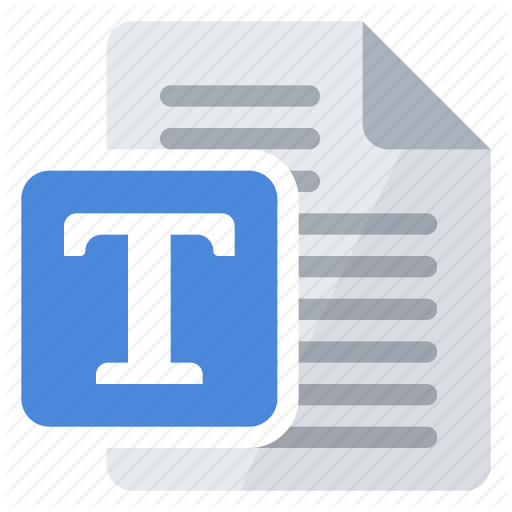PROFIL KEMAMPUAN LITERASI SAINS CALON GURU BIOLOGI DI UNIVERSITAS BORNEO TARAKAN
Abstract
PISA defines the definition of scientific literacy as the ability to use scientific knowledge, identify problems, and draw conclusions based on evidence, in order to understand and make decisions about nature and the changes that occur in nature as a result of human activities (Rustaman, 2006; New South Wales Department of Education and Communities, 2011; Gormally et al., 2012). Students as prospective biology teachers must have good scientific literacy. This scientific literacy must be possessed by prospective biology teacher students for better learning for future generations. This study aims to determine the profile of understanding the scientific literacy of prospective biology teachers at the University of Borneo Tarakan. The research method used is descriptive with a quantitative descriptive approach, because the research conducted describes the scientific literacy profile of prospective biology teachers at Borneo Tarakan University. The sampling technique used is random sampling. Descriptive research is a research that describes according to the facts that exist about a natural thing (Sukmadinata, 2011). Based on the research that has been done, it can be concluded that the percentage of good scores contained in the indicators identifies scientific opinions that are valid 70%, and effective literature searches 74.4%. There is enough percentage on the indicator to understand and interpret basic statistics with a value of 54.4%. And indicators 3, 5, 6, and aim are classified as very less. The average score of scientific literacy for all indicators is 49.71% with a very poor category.
Â
Keywords: Â profile, science literacy, teacher candidate, biology.
Full Text:
PDFReferences
Bybee, R. W., Crae, B., & Laurie. (2009). An Assessment of Scientific Literacy. Journal of Research in Science Teaching, 46(8), 865–883.
Diana, S., Arif, R., Euis, S. R. (2015). Profil Kemampuan Literasi Sains Siswa SMA Berdasarkan Instrumen (SLA). Seminar Nasional XII Pendidikan Biologi FKIP UNS, 285-291.
Ekohariadi. (2009). Perkembangan Kemampuan Sains Siswa Indonesia Berusia 15 TahunBerdasarkan Data Studi PISA. Jakarta: Pusat Penilaian Pendidikan Departemen PendidikanNasional
Fazilla, Sarah. (2016). Kemampuan Literasi Sains Mahasiswa PGSD Pada Mata Kuliah Konsep Dasar Sains. Jurnal Pendidikan Dasar, 3(2), 22-28.
Firman, H. (2007). Laporan Analisis Literasi Sains Berdasarkan Hasil PISA Nasional Tahun 2006. Jakarta: Pusat Penilaian Balitbang Depdiknas.
Fives, H., Huebner, W., Birnbaum, A.S., & Nicolich, M. (2014). Developing a Measure of Scientific Literacy for Middle School Students. Journal Science Education, 98(4), 549 -580.
Gormally, C., Peggy B., dan Mary L. (2012). Developing a Test of Scientific Literacy Skills (TOLS): Measuring Undergraduates Evaluation of Scientific Information and Arguments. CBE-Life Sciences Education, 11(4), 364-377.
Hadi, S. & Mulyatingsi, E. (2009). Model Trend Prestasi Siswa Berdasarkan Data PISA Tahun 2000, 2003 dan 2006. Unpublished Laporan Penelitian Balitbang Depdiknas. Jakarta.
Novitasari, Naintyn. (2018). Profil Kemampuan Literasi Sains Mahasiswa Calon Guru Biologi. BIOSFER Jurnal Tadris Pendidikan Biologi, 9(1), 36-44.
OECD. (2013). PISA 2012 Assessment and Analytical Framework: Mathematics,Reading, Science, Problem Solving and Financial Literacy. OECD Publishing.
Pantiwati, Y. & Husamah. (2014). Analisis Kemampuan Literasi Sains Siswa SMP Kota Malang. Prosiding Konferensi Ilmiah Tahunan Himpunan Evaluasi Pendidikan Indonesia (HEPI).
PISA. (2012). PISA 2012 field Trial Problem Solving Framework. (Online), (http:// www.oecd.org/pisa/pisaproducts/46962005.pdf, diakses tanggal 7 November 2019.
Rustaman, Nuryani Y. (2017). Mewujudkan sistem pembelajaran sains/biologi berorientasi pengembangan literasi peserta didik. Prosiding Seminar Nasional III Tahun 2017 “Biologi, Pembelajaran, dan Lingkungan Hidup Perspektif Interdisiplinerâ€, KS.
Scientific Literacy Assesments (SLA). Seminar Nasional XII Pendidikan Biologi FKIP UNS 2015.
Shwartz, Y., Benzvi, R., & Hofstein, A. (2006). The use of Scientific Literacy Taxonomy for Assessing the Development of Chemical Literacy among High-School Students. Chem. Educ. Res. Pract, 7(4), 203-225.
Sujana, A, dkk. 2014. Literasi Kimia Mahasiswa PGSD dan Guru IPA Sekolah Dasar. Jurnal Pendidikan IPA Indonesia, 3(1)
Sujiono (2008). Metode Pengembangan Kognitif. Jakarta : Universitas Terbuka.
Toharudin, U., Hendrawati, S., & Rustaman, A. (2011). Membangun Literasi Sains Peserta Didik. Bandung: Humaniora.
DOI: https://doi.org/10.35334/biopedagogia.v2i2.1818
Refbacks
- There are currently no refbacks.
